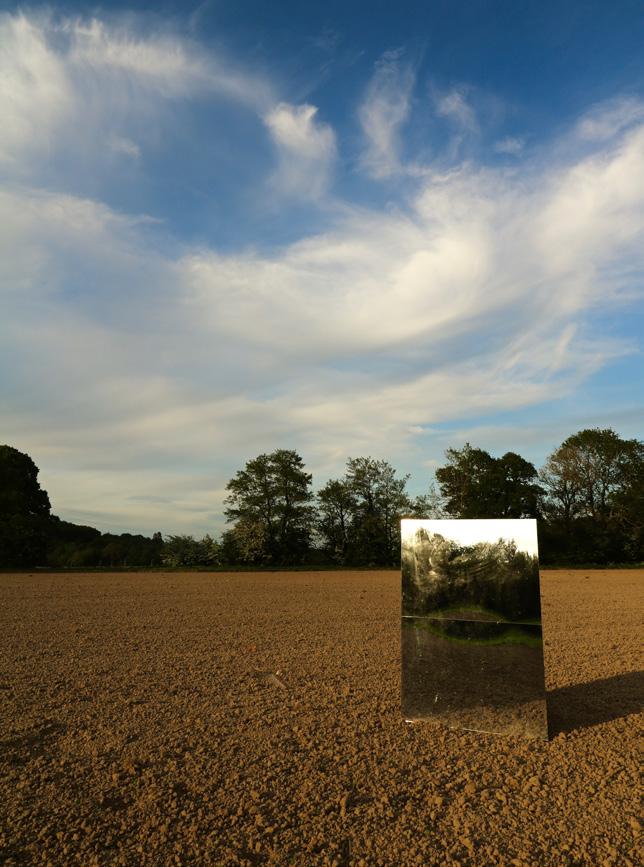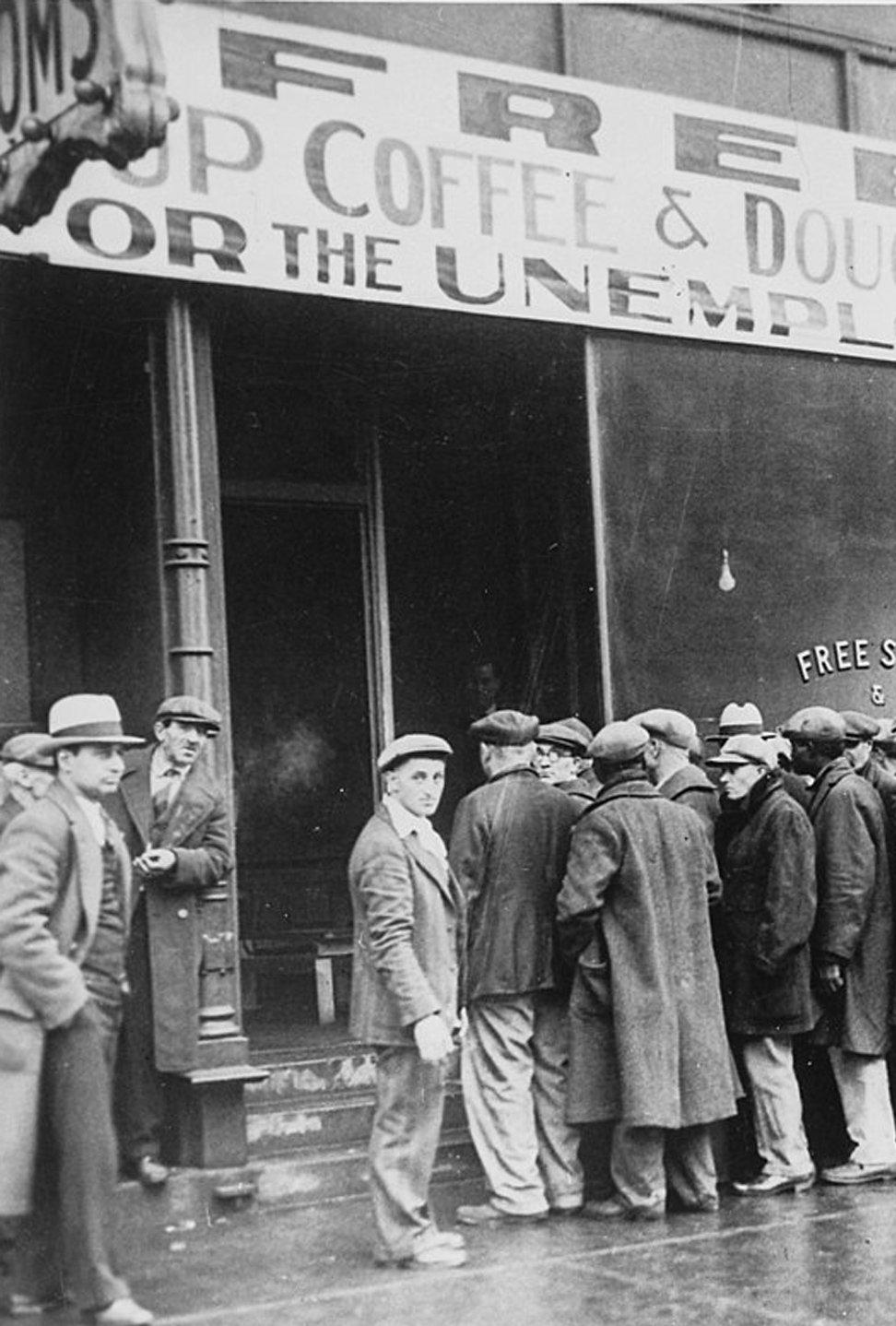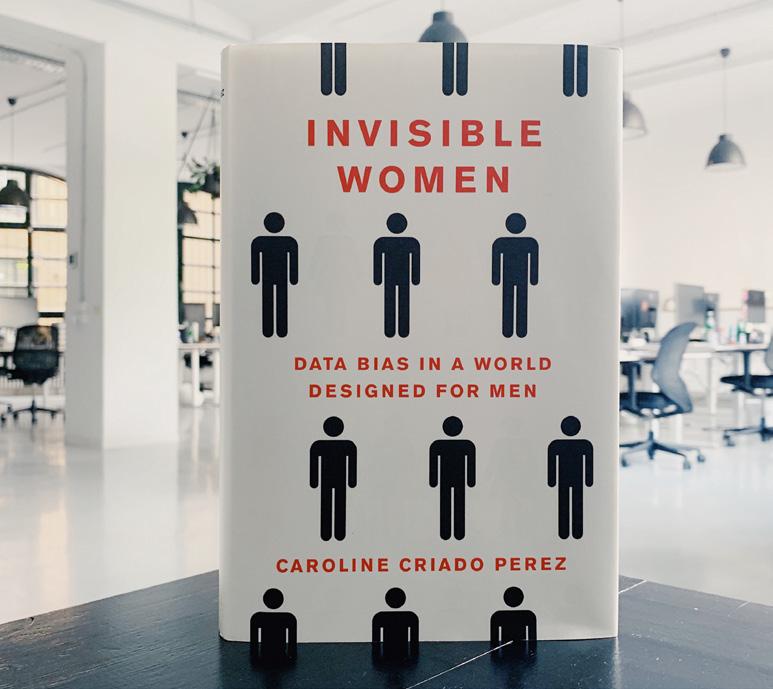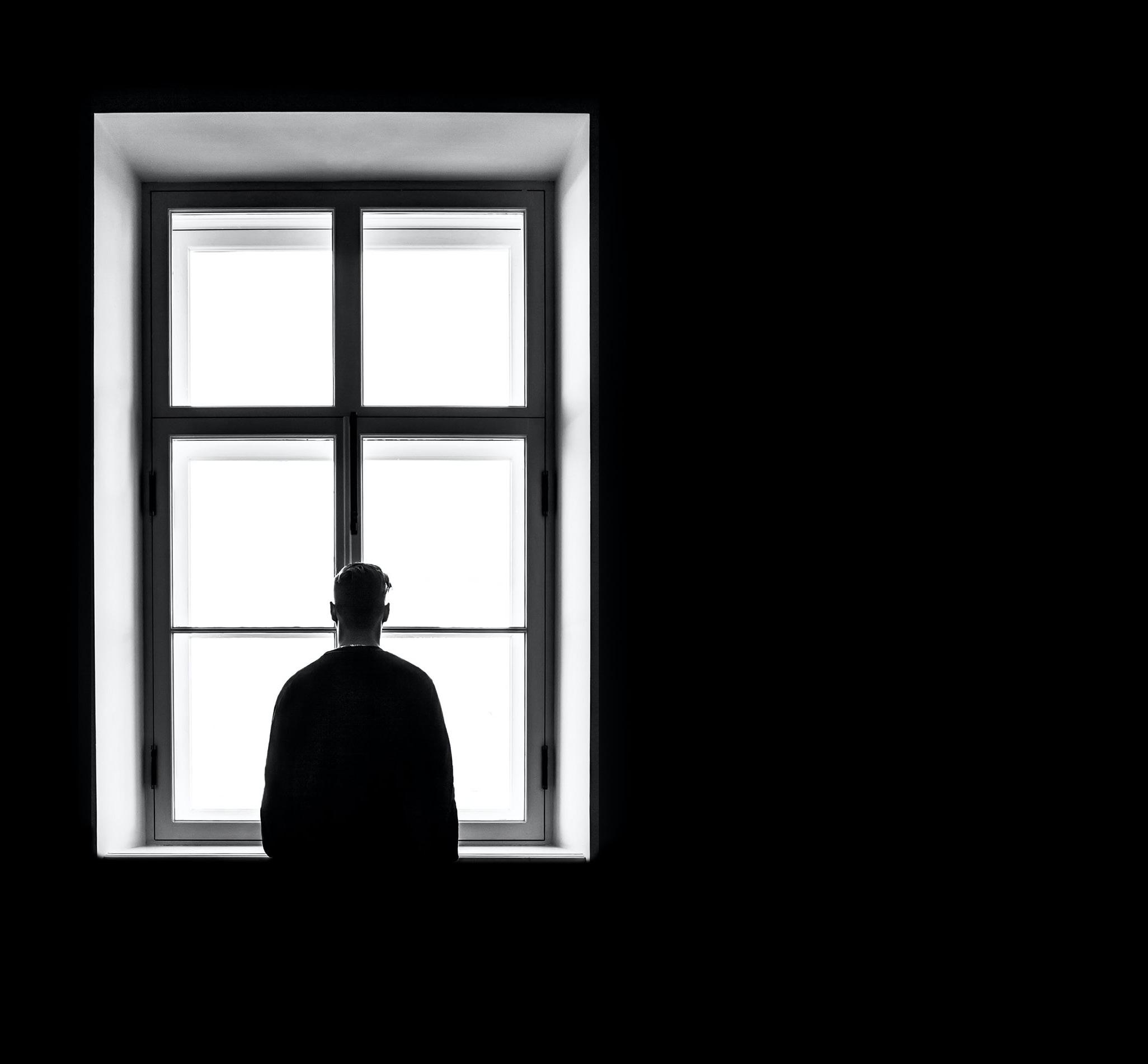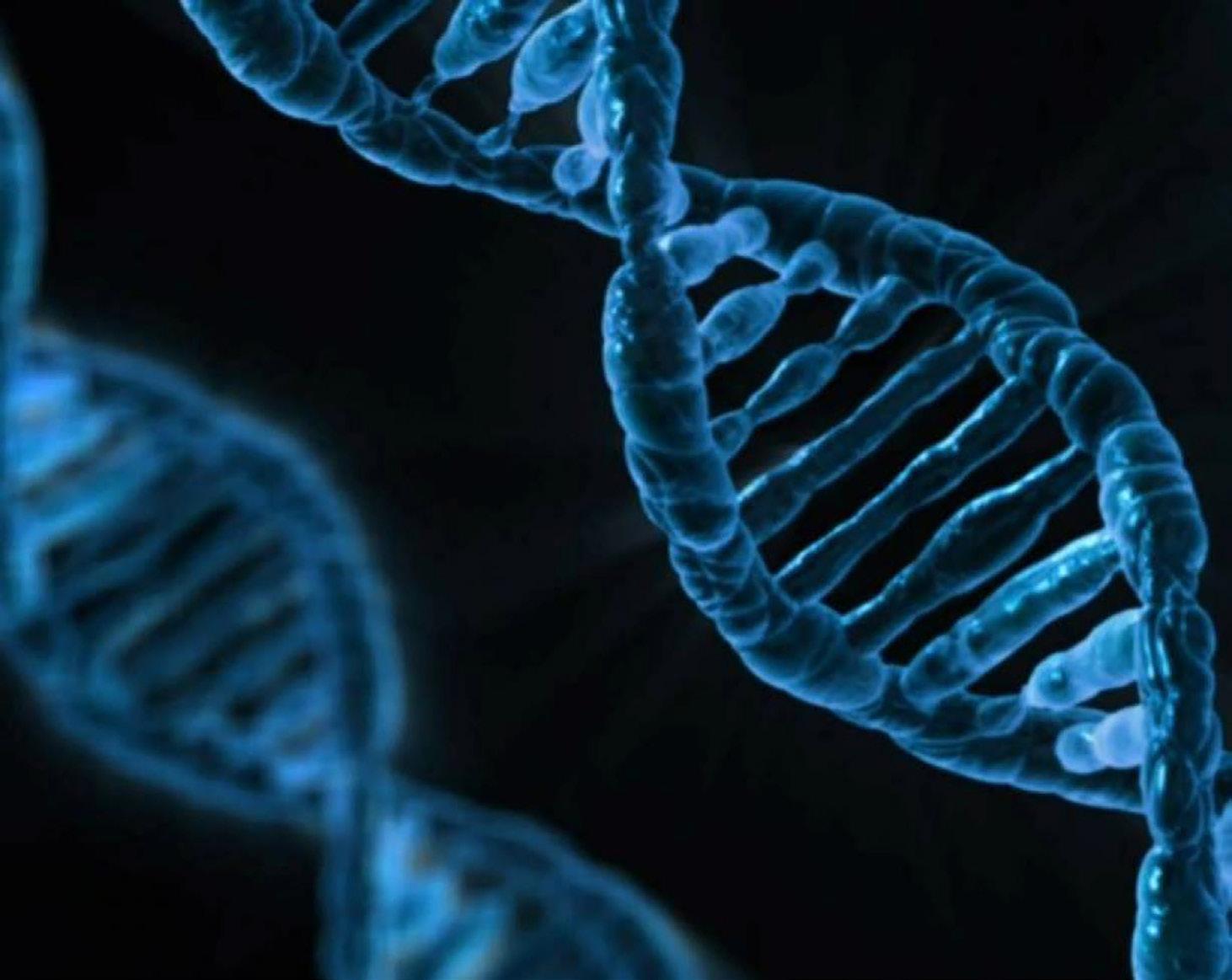
4 minute read
Reflections on Medical Technology in the Digital Age Anna Danso-Amoako
Anna Danso-Amoako YEAR 12
Reflections on MEDICAL TECHNOLOGY IN THE DIGITAL AGE
Technology is an integral part of healthcare. Our bodies and all the conditions that come with them are far from ever being straightforward; medicine grants us the opportunity not only for understanding but towards improving our overall health and standard of living. Within this article I hope to reflect on the past and examine the present. The future of technology will surely be based on what has come before it.
When thinking of technology in medicine, more digital types of technology readily come to mind. However the World Health Organisation (WHO) defines health technology as the "application of organized knowledge and skills in the form of devices, medicines, vaccines, procedures, and systems developed to solve a health problem and improve quality of lives."
By this definition medical practice has been aided by technology from as far back as 600 BC with the discovery of an ancient Egyptian prosthetic fashioned from a mixture of linen, glue and plaster known as cartonnage to replace a missing toe. At first there was some speculation as to whether the main function was as a prosthetic, perhaps resulting from burial traditions of the period predicated on the importance of maintaining a whole body in the afterlife. However, research conducted by Dr Jacky Finch with two participants who had lost their largest toe found that the cartonnage prosthetic was indeed functional as it didn’t increase pressure in the sole of the foot. In addition, a similar prosthetic made from wood was noted to improve the movement of a participant.
As time progressed, so did the refinement of medical technologies. Ancient prosthetic technology has evolved many other technologies in use today to improve quality of life. A particular favourite of mine is the stethoscope, a device recognisable to the masses and synonymous with healthcare practitioners. An Australian study investigating the extent to which different medical devices influenced participants' judgement of a male medical practitioner found that of all the other medical devices tested (including reflex hammer, surgical scrubs, otoscope, and pen), the stethoscope was the one which improved the probability of a male practitioner being seen in a positive light.
Before the invention of stethoscopes, listening to the organs required doctors to place their ears on the patient for observation,
National Cancer Institute
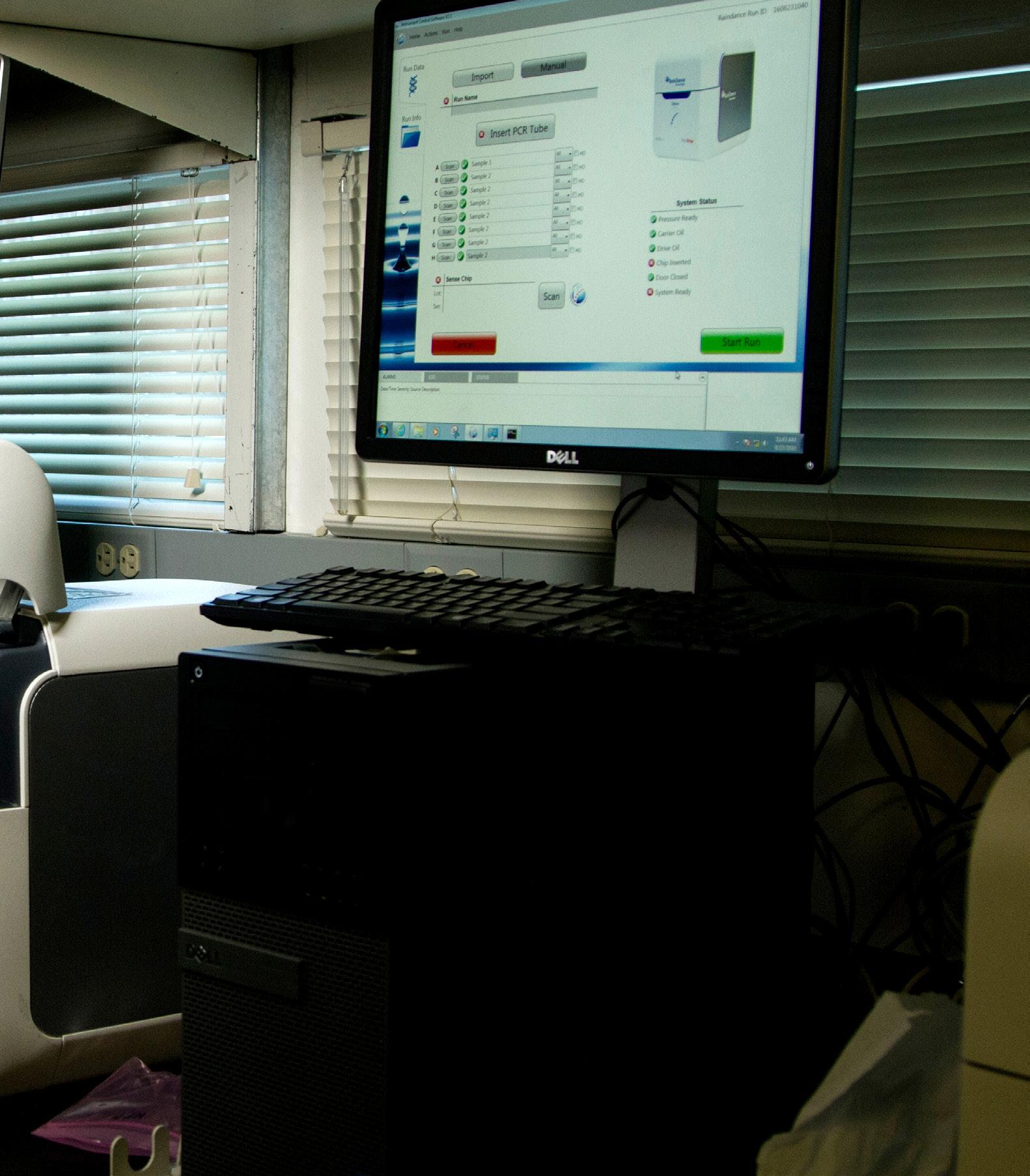
a practice known as auscultation coined by René Laennec. it gives way to people forming a diagnosis based on searching a However in 1816, Laennec needed to conduct an auscultation few of their symptoms. This diagnosis cannot be equated in its on a female patient (showing symptoms of a “general diseased accuracy with that of a doctor, even if the information comes heart”), which he (and the patient) found embarrassing. To avoid from an accurate source; it doesn’t take into account individual this embarrassment, Laennec thought to roll up a piece of paper medical history and additional contextual factors. to put to her chest, which resulted in a clear, amplified sound. However, there are steps people without medical qualifications After developing the design, he produced a wooden version made or knowledge can take to help them remain mindful of their of a hollow wooden tube containing extra parts own health. For example, wearable technology which could be used to listen to the lungs and heart respectively, revolutionising diagnostic technique and becoming the de facto face of medicine. Health technology in recent times has been more shaped by the application of digital technologies in healthcare. This isn’t always successful, as demonstrated by the NHS National Programme for IT scheme, launched in 2002. The main objective was to establish a fully electronic patient database for England, connecting doctors and hospitals across the country; however the practicality of the scheme was challenged and its funding level questioned. Ultimately, the database collapsed in DESPITE THE RESTRICTIONS COVID-19 BRINGS TO ALMOST EVERY ASPECT OF DAILY LIFE, PRACTITIONERS ARE ABLE TO OFFER MEDICAL SUPPORT THROUGH TELEMEDICINE. in the form of fitness trackers support personal responsibility towards lifestyle choices such as exercise, diet and sleep. Right now, technology serves a role even more vital than ever in maintaining a connection of care with patients. Despite the restrictions COVID-19 brings to almost every aspect of daily life, practitioners are able to offer medical support through telemedicine. Appointments are being shifted to calls and online consultants in response to social distancing measures. The situation with COVID-19 is rapidly evolving and with up to date information constantly being provided in 2013 to be replaced by a smaller, locally focused an accessible manner, we can all make sure we design. continue to do our part to help others.
With improvements and advancements to digital technology, To conclude, technology within medicine is never stationary. healthcare can now be accessed outside the hospital. The NHS Past discoveries and developments are reflected in today’s offers a variety of online health services allowing patients to technology and methods, which in turn will be reflected in the do everything from booking appointments online, manage discoveries and developments of the future. As Sir Isaac Newton prescriptions and find reputable information regarding their argued, “we are standing on the shoulders of giants”. Whatever conditions. Other websites such as WedMD provide people with the era, the ethos of health technology remains the same: the option to learn more about particular symptoms and ways providing innovative ways to consistently improve healthcare for to improve general health. However, this isn’t always positive as individuals and society as a whole.


